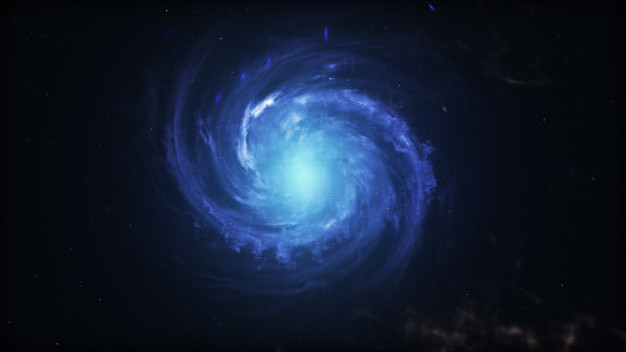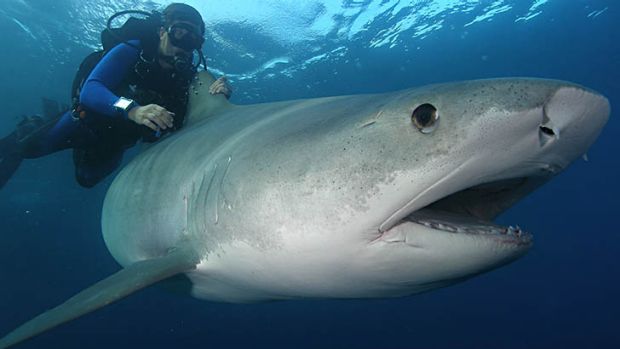This is the lowest possible temperature where all the molecular activities in substance cease to continue. As this temperature is the lowest temperature there could be nothing cooler than this and there is no heat energy left in the substance.
Absolute zero is 0 k on a Kelvin Scale and – 273.15 degree celcius on a celsius scale.
It is also equivalent to 0 degrees R on the Rankine scale and and –459.67 degrees F on the Fahrenheit scale.
Scientists have not been able to achieve absolute zero temperature but has made advancement to reach closer to absolute zero.
Some of the points to note:
- At absolute zero, a thermodynamic system has the lowest energy.
- All of the molecular motion does not cease at absolute zero, but no energy can be transferred to the other system at this temperature.
- Bose–Einstein condensate form when a gas is cooled to a temperature very close to absolute zero.
- When particles in a substance have motion or kinetic energy we feel it as hot when we touch that substance so basically temperature is the kinetic motion of particles in a substance. More kinetic energy means more temperature.
- At absolute zero temperature, this kinetic energy nearly stops and particles are motionless but at this temperature not everything stops moving electrons, protons and neutrons keep moving.
- Guillaume Amontons initially discovered the concept of absolute zero through his experiments. He never went to school and he lost his hearing in child hood.
- Boomerang Nebula is the coldest place in universe with temperature of about 1 K.
- It is not possible to reach a absolute zero temperature because it need infinite amount of work to remove the heat from a substance. Nothing in the universe or in lab has reached a absolute zero temperature as far as we know.
- Space has a average temperature of 2.7 K .





